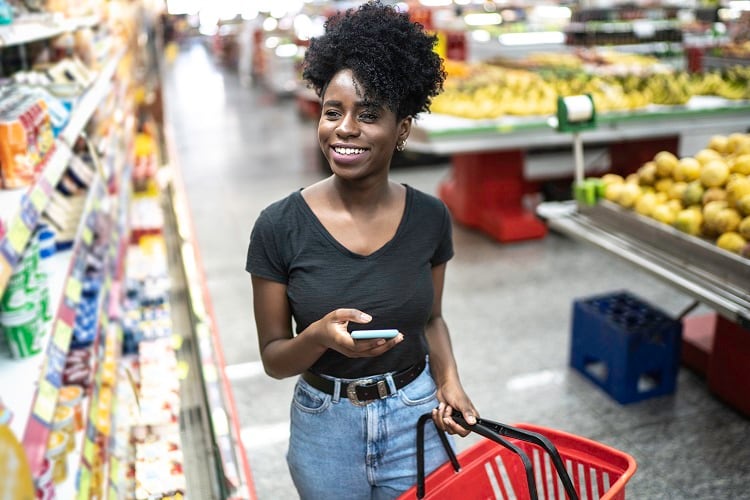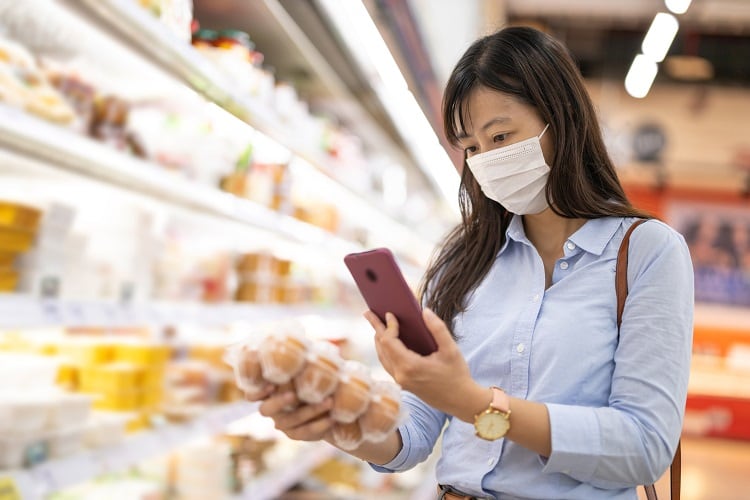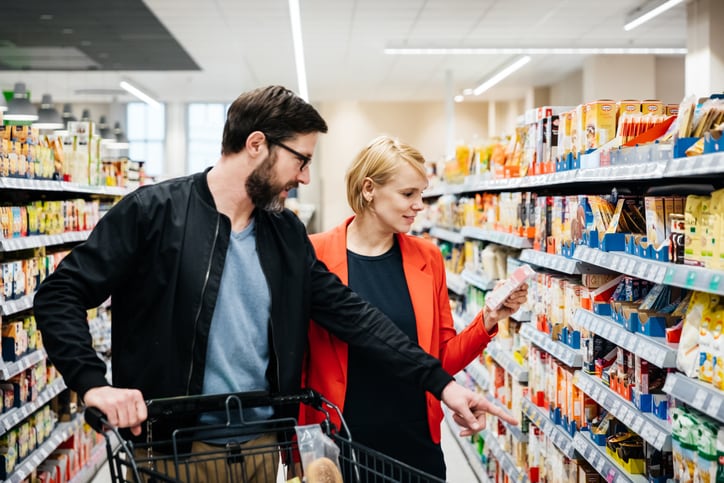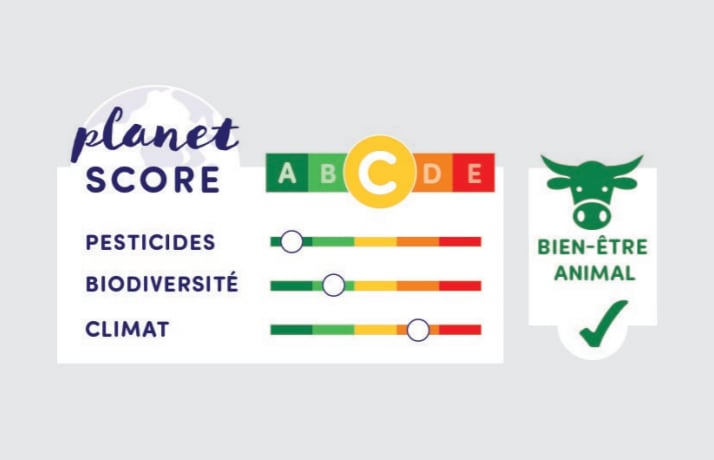It is estimated that the agri-food sector is responsible for more than one-third of global greenhouse gas (GHG) emissions.
At the same time, a growing number of consumers are seeking out more sustainable food and beverage products in-store. In the UK, however, a majority (65%) say they lack the information required to make sustainable decisions in their daily lives.
Smartphone app Setai is on a mission to change the dialogue. ‘For the first time ever’, consumers can scan the barcode of food products to know their climate impact, as well as the impact food and beverage products have on their health.
The app also keeps track of consumers’ weekly, monthly, and yearly scores to monitor their progress.
How does Setai work?
To determine the carbon emissions of food in shoppers’ baskets, Setai has partnered with Italian environmental consulting and engineering firm eAmbiente, which specialising in carbon footprint and life cycle assessment (LSA).
Setai has created a database of Carbon Emission Categories, which it developed using data from around 2,000 academic papers. Food categories could include Apple or Seafood, for example.
Once an estimation of the average CO₂ emissions is assigned to the category, the app determines the appropriate sub-category, for example Royal Gala Apple, or Mussels.
“Soon, we will be able to adjust the CO₂ score based on the country of origin, packaging, and production method,” noted the start-up. “We are already providing publicly the most precise and robust estimation of food products’ emissions for free, for the planet.”
Setai’s score rewards organic products, which on average promote a greater level of animal welfare compared to non-organic meat and derivatives, Setai co-founder Edoardo Danieli explained.
“However, we are aware that ‘organic’ is not synonymous with ‘animal wellbeing’, and intend to take further steps to promote product mindful of animal welfare as our app develops.”
UK company Ecologi, which promotes green projects around the world, has also partnered with Setai. The more products consumers scan, the more trees Ecologi will plant on Setai’s behalf.
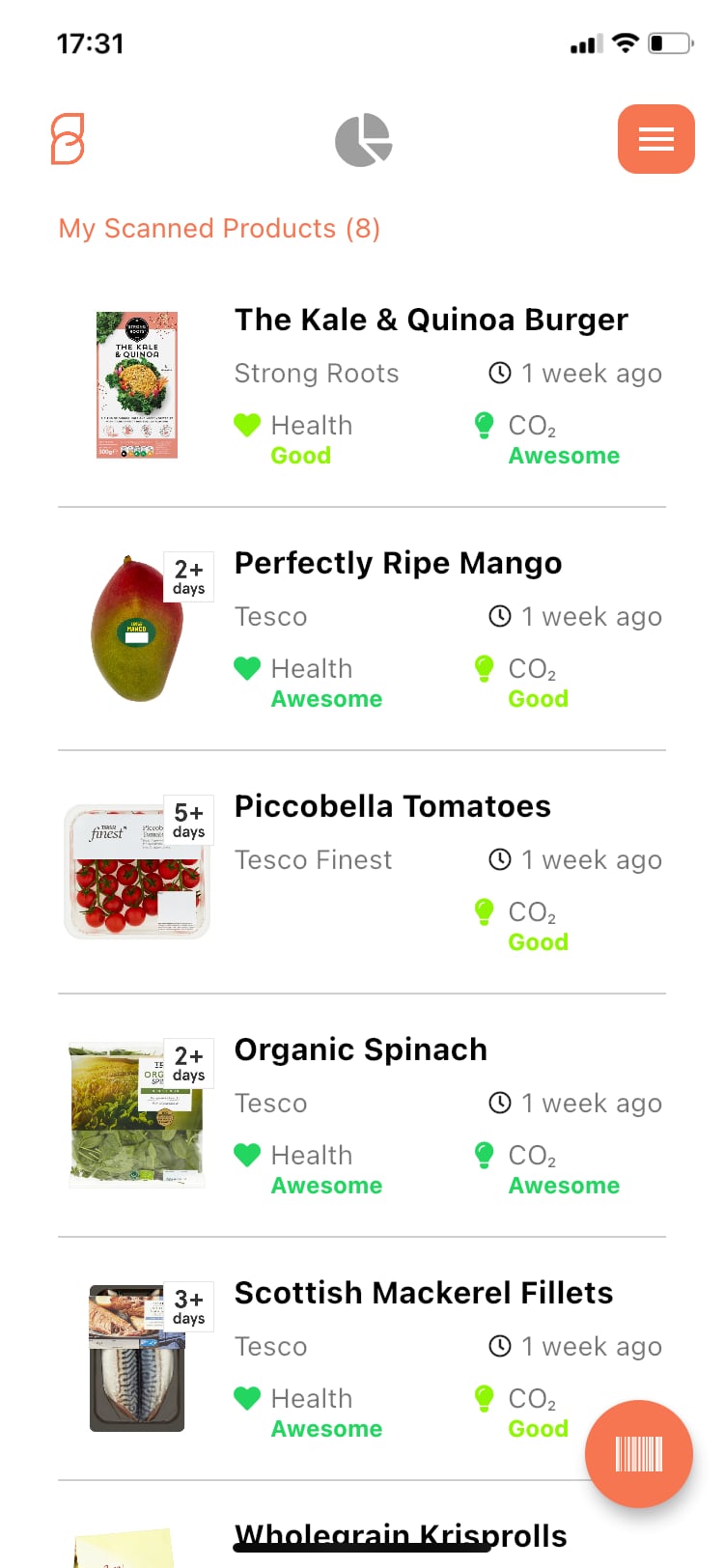
Nutri-Score x Nova
Setai also provides a health score, which is based on both the Nutri-Score and Nova system. An extra point is also assigned to organic products.
Developed in France, Nutri-Score is based on a scientific algorithm that takes into account the amount of nutrients, such as fat and sugars, per 100g of product.
According to Danieli, Nutri-Score alone is not enough to assess the quality of nutrients, even though it is a ‘great tool’ to evaluate their quantity and concentration in food products.
“For example, a zero-sugar highly processed drink scores better than a freshly squeezed orange juice, according to the Nutri-Score,” the co-founder told this publication.
“For this reason, the Setai score doesn’t rely solely on Nutri-Score.”
Setai also takes the Nova Classification System into account. Nova classifies food products into four categories based on their level of industrial processing (unprocessed or minimally processed foods; processed culinary ingredients; processed foods; and ultra-processed foods).
“In addition, our score boosts organic foods, which are grown without synthetic chemicals and do not contain genetically modified organisms,” Danieli continued.
Standing out from the crowd
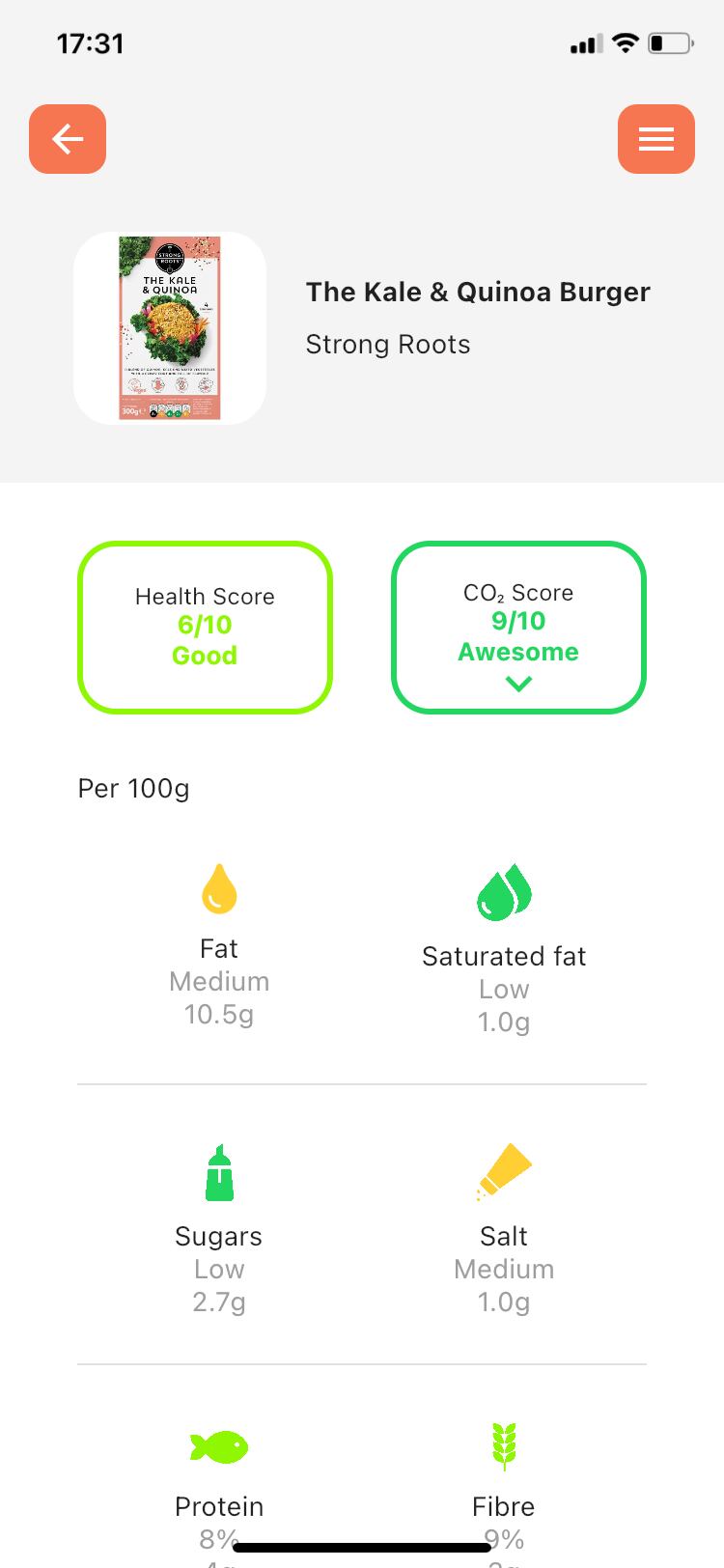
Setai, which was developed in Italy but which is currently available in the UK, is not the first eco-label to focus on human and/or planetary health.
French start-up Siga, for example, has developed a scheme that ranks food according to its degree of processing. The Yuka app similarly scans barcodes, to help consumers understand whether a product may have a negative impact on their health.
This year has seen a proliferation of front-of-pack environmental labels enter the food space, including Planet-Score, which factors in pesticides, biodiversity, and animal welfare into its rating. Eco-Score measures the environmental impact of food products, and Foundation Earth has developed traffic-light style environmental scores that are being tested by the likes of Nestlé and Tyson Foods.
Given the increasing number of nutrition- and eco-labels entering the market, FoodNavigator asked Setai how it is setting itself apart.
“The aim of the Setai score is to be reliable and simple to understand. These aspects are key to the success of our campaign,” the co-founder explained.
“Therefore, one main feature of our score is simplicity, with a 1-10 scale sustained by a coloured traffic-light system, both for our health and CO₂ scores.”
Danieli continued: “On the other hand, our scores are based upon globally recognised score systems Nutri-Score and the Nova Classification, backed by thousands of academic and scientific papers for our CO₂ scores.
“More importantly, we are one of the first companies to introduce a 1-10 scale system for carbon footprint.”


